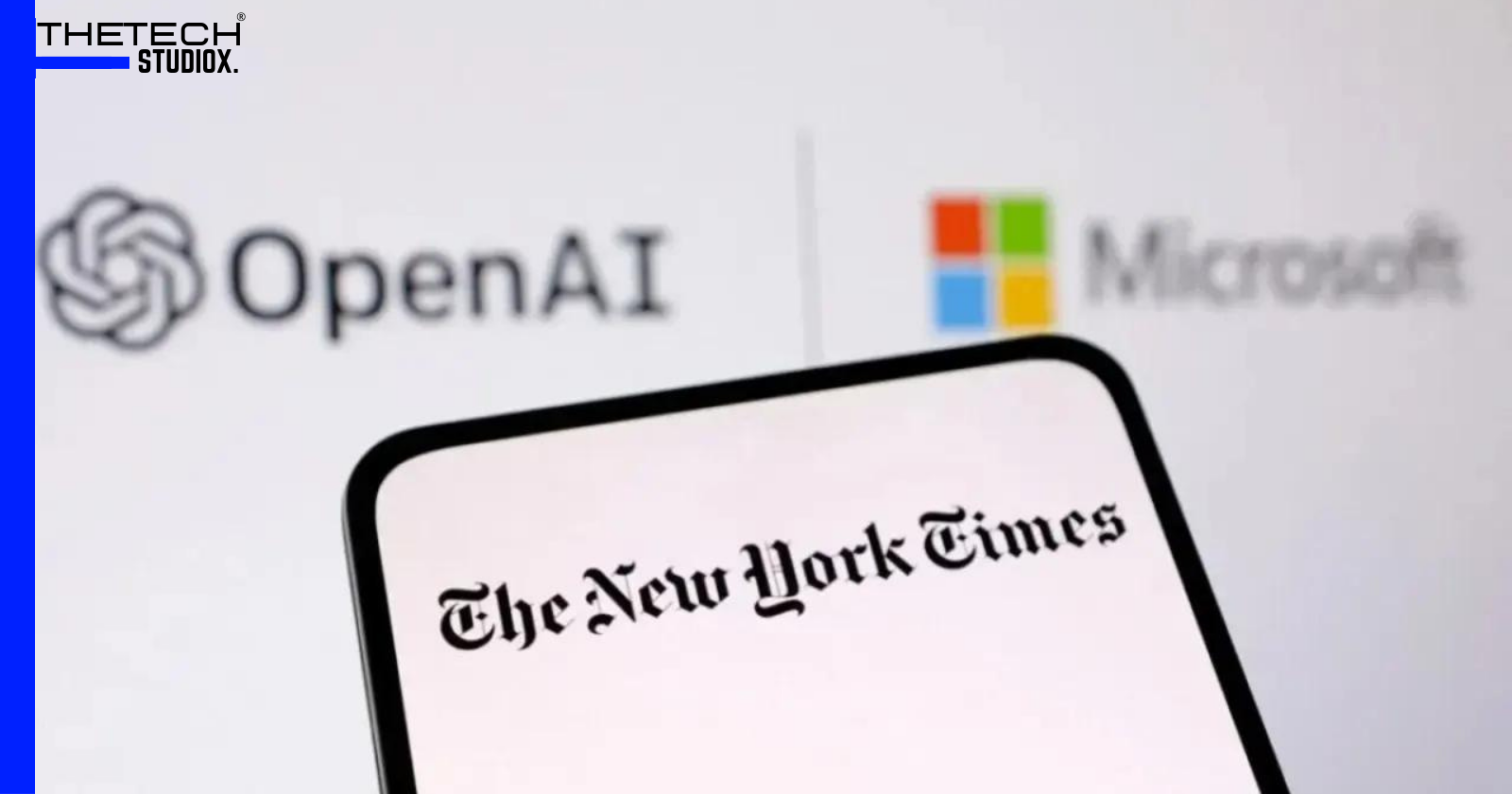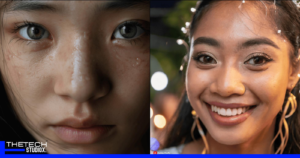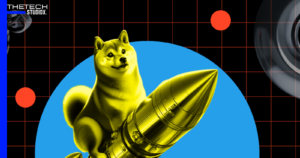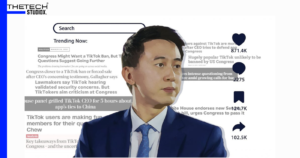Table of Contents
Introduction: A Clash of Titans in the AI Realm
In the digital age, the clash between technology and media has taken an intriguing turn as OpenAI accuses The New York Times of “hacking” into its ChatGPT chatbot. This contentious issue has given rise to a legal battle that transcends the boundaries of artificial intelligence and copyright law.
OpenAI claims NYT cheated
Unveiling the core allegations, OpenAI contends that The New York Times breached its terms of use by providing prompts that induced the technology to reproduce copyrighted material. The organization goes further, suggesting that financial incentives may have motivated the newspaper to manipulate AI systems.
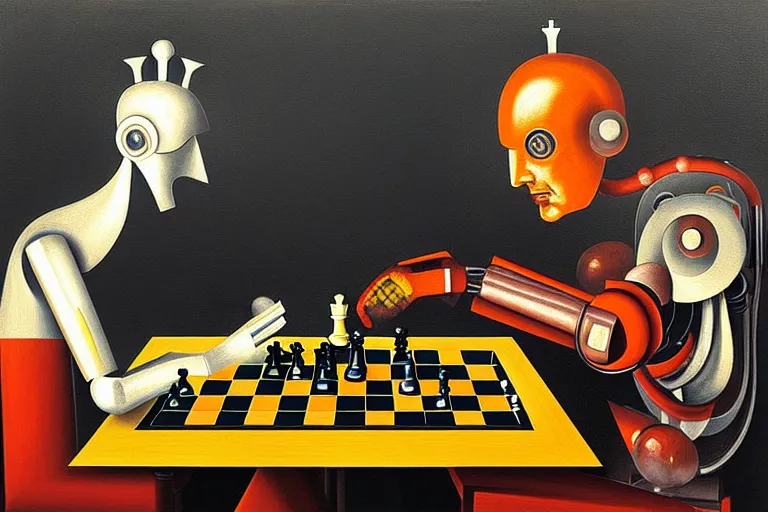
The Counterattack: Copyright Lawsuit Initiated
As the rift between OpenAI and The New York Times deepens, The New York Times launches a strategic counterattack by initiating a copyright lawsuit against OpenAI and its major investor, Microsoft. This legal offensive is rooted in the assertion that OpenAI, in collaboration with Microsoft, engaged in the unauthorized utilization of millions of articles for training its chatbots. The lawsuit marks a significant escalation, transforming a technological dispute into a legal battleground with far-reaching consequences.
The crux of The New York Times’ argument revolves around the alleged impropriety of using their copyrighted material without explicit authorization. They contend that OpenAI’s and Microsoft’s actions represent a blatant infringement on intellectual property rights, as the organizations purportedly harnessed these articles to refine their artificial intelligence systems.
This legal maneuver signifies a pivotal moment in the ongoing narrative, as it amplifies the dispute from a mere disagreement over terms of use to a formal legal challenge. The New York Times, a media giant with a substantial stake in protecting its content, aims to hold OpenAI and Microsoft accountable for what they perceive as a violation of copyright law.
OpenAI’s Defense: The Fair Use Argument
OpenAI defends its position by asserting that utilizing copyrighted content for training AI systems falls under fair use. This defense, if successful, could set precedents with far-reaching implications for the delicate intersection of copyright law and artificial intelligence.
The Broader Landscape: Copyright Wars in AI Training
Zooming out, the lawsuit becomes part of a broader trend where copyright owners take legal action against tech companies over alleged infringements in AI training. Negotiations between OpenAI and publishers for legal content utilization highlight the challenges of balancing innovation and copyright protection.
Unanswered Questions: Official Responses Pending
Despite ongoing negotiations with other media outlets, both The New York Times and OpenAI have remained tight-lipped regarding the recent legal filing. The silence raises questions about the future trajectory of the legal battle and the potential impact on AI development practices.
The Evidence Unveiled: AI’s Mimicry of Copyrighted Content
In a compelling turn of events, The New York Times has presented a trove of damning evidence, vividly illustrating the mimicry of copyrighted content by OpenAI’s and Microsoft’s artificial intelligence systems. The evidence, meticulously compiled and scrutinized, portrays instances where AI products replicated near word-for-word excerpts of articles in response to prompts.
This revelation is akin to shining a spotlight on the virtual stage where the chatbots operated, exposing a mimicry that challenges the ethical boundaries of AI development. The showcased evidence suggests a level of precision in reproducing copyrighted material that raises concerns about the potential impact on media outlets. If left unchecked, this mimicry could potentially undermine the financial viability of traditional media as users may opt for AI-generated content over direct sources.
The presented evidence provides a visual narrative of how AI systems, developed by OpenAI and fueled by the extensive training with copyrighted material, have learned to imitate the style, tone, and substance of The New York Times’ articles. It not only reinforces the newspaper’s claims but also opens a discourse on the responsibilities that tech companies bear in ensuring that their AI products do not inadvertently jeopardize the intellectual property of content creators.
Industry Impact: Watching the Dominoes Fall
The legal skirmish between OpenAI and The New York Times extends far beyond the confines of a courtroom battle—it sends seismic ripples through the entire tech and media landscape, with stakeholders across industries keenly watching as the metaphorical dominoes teeter on the brink of change.
As the case unfolds, industry players are acutely aware of the potential domino effect it could trigger. The spotlight on copyright infringements in AI training resonates across the tech sector, prompting a collective introspection on the ethical boundaries of utilizing copyrighted content for machine learning. The impact transcends the immediate litigants, beckoning a wider array of companies engaged in AI development to reassess their practices.
The specter of legal consequences for unauthorized use of copyrighted material in training AI models looms large. The precedent set by the OpenAI vs. The New York Times case may serve as a cautionary tale, compelling tech companies to reevaluate their strategies and ensure compliance with copyright laws. This heightened scrutiny could lead to a paradigm shift in how data is sourced and employed in the development of cutting-edge AI technologies.
Beyond legal implications, the industry impact extends to the delicate balance between innovation and regulation. The evolving dynamics may catalyze a reevaluation of existing norms, pushing for clearer guidelines on the ethical use of digital content in AI development. As the dominoes fall, it prompts a broader conversation on the responsibilities borne by tech companies in navigating the fine line between pushing technological boundaries and respecting intellectual property rights.

The Verdict’s Ripple Effect: Navigating the Future of AI and Copyright
As the legal battle between OpenAI and The New York Times hurtles towards its conclusion, the impending verdict holds the promise of a profound ripple effect that will reverberate across the realms of artificial intelligence and copyright law, navigating uncharted territories in the ever-evolving landscape of technology and intellectual property.
The Anticipation Builds: A Verdict with Far-reaching Consequences
The anticipation surrounding the verdict is palpable, with stakeholders eagerly awaiting the court’s decision that could potentially set a precedent for the delicate balance between technological innovation and the protection of intellectual property. The outcome will not merely determine the fate of the involved parties but could significantly shape the future practices of the entire tech industry.
Shaping AI’s Ethical Landscape
At the heart of the matter lies the ethical landscape of AI development. The verdict has the power to delineate the boundaries within which technology companies must operate when leveraging copyrighted material to train their artificial intelligence systems. A favorable ruling for OpenAI could embolden similar practices, while a verdict in favor of The New York Times may instigate a reevaluation of the ethical considerations surrounding AI training.
Defining Fair Use in the Digital Age
The crux of the case revolves around the concept of fair use in the digital age. The verdict is poised to provide clarity on whether utilizing copyrighted content for training AI systems can be deemed fair use under the law. This determination holds far-reaching implications, potentially reshaping the legal framework that governs the intersection of AI and copyright.
Navigating Legal Precedents and Industry Standards
Legal precedents often serve as guiding lights for future cases. The verdict in the OpenAI vs. The New York Times case may become a lodestar, influencing not only the trajectory of similar legal disputes but also serving as a reference point for the establishment of industry standards. The tech and media sectors will be compelled to reassess their practices in the wake of this landmark decision.
Balancing Innovation and Protection
The ripple effect extends beyond legalities into the delicate equilibrium between fostering innovation and safeguarding intellectual property. A verdict that strikes this balance judiciously will be pivotal in shaping a future where technology can thrive without compromising the rights of content creators. The court’s decision, therefore, becomes a compass guiding the industry toward responsible and sustainable AI development.
Conclusion
In conclusion, the OpenAI vs. The New York Times legal battle epitomizes the crossroads where innovation and regulation intersect. The outcome stands to redefine the parameters of AI development, urging us to strike a delicate balance between technological advancement and safeguarding intellectual property.
FAQs
How did The New York Times allegedly manipulate OpenAI’s AI systems?
The specifics remain undisclosed, but OpenAI claims deceptive practices through prompts that violated its terms of use.
What is OpenAI’s defense in the copyright lawsuit?
OpenAI argues that the use of copyrighted content for AI training falls under fair use, presenting a crucial legal argument.
How does this lawsuit fit into the broader trend of copyright wars in AI training?
It aligns with a trend where copyright owners take legal action against tech companies over alleged copyright infringements in AI training.
Have OpenAI and The New York Times reached agreements with other media outlets on content utilization?
OpenAI has negotiated with publishers, but the official responses from both parties regarding the recent filing remain pending.
What potential impact does this lawsuit have on the future of AI development and ethical content use?
The case is being closely watched, as its outcome could influence policies and practices in AI development and the ethical use of digital content.

